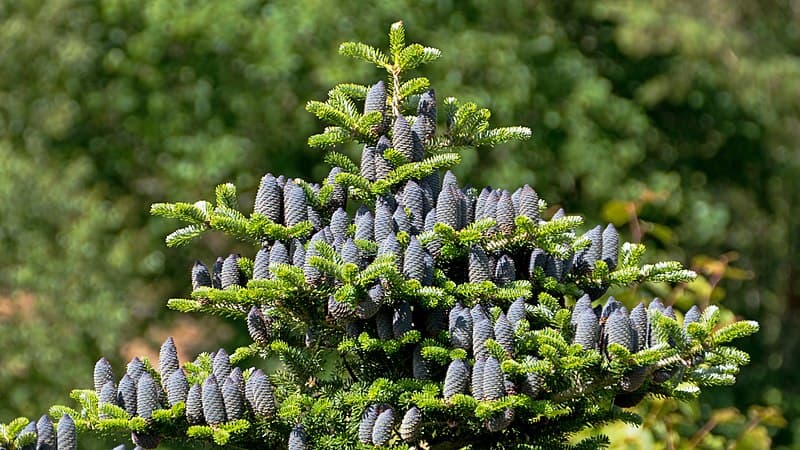
Korean Fir Facts
- This fabulous example of the wonders of nature bears the common name of the Korean Fir. Among professional researchers, however, it has a different somewhat harder to pronounce name. That’s because its official scientific designation is Abies koreana.
- The famed British explorer and collector of plants, Ernest Henry Wilson, made the first formal recognition of the plant as a separate and distinct species. This he accomplished in the year 1920. Roughly sixty other plant varieties also now bear his name.
- Most unfortunately, this marvel of evolution has several factors working against it, in terms of its continued survival. Given the specifics of its range, habitat loss certainly poses a threat. Its greatest danger, though, comes in the form of climate change.
- Given these factors, the IUCN, quite understandably, now lists the beautiful Korean Fir as Endangered. This status is reflected on the organization’s Red List of Threatened Species. Presently, no organized efforts exist to preserve this conifer in the wild.
- The magnificnent tree does, however, have one surprising factor working in its favor. That’s the fact that it’s now become quite popular in many parts of the world as an ornamental species. As a result, specimens now exist in many parts of the world.
Related Articles
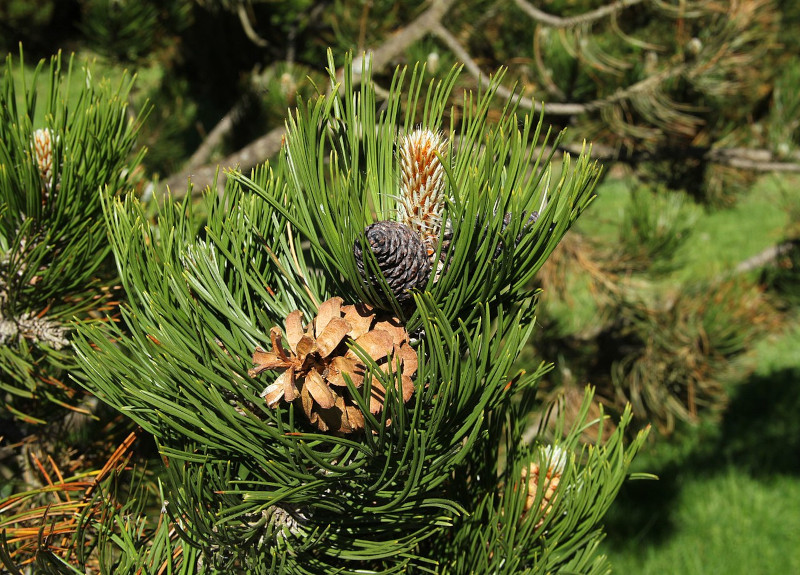
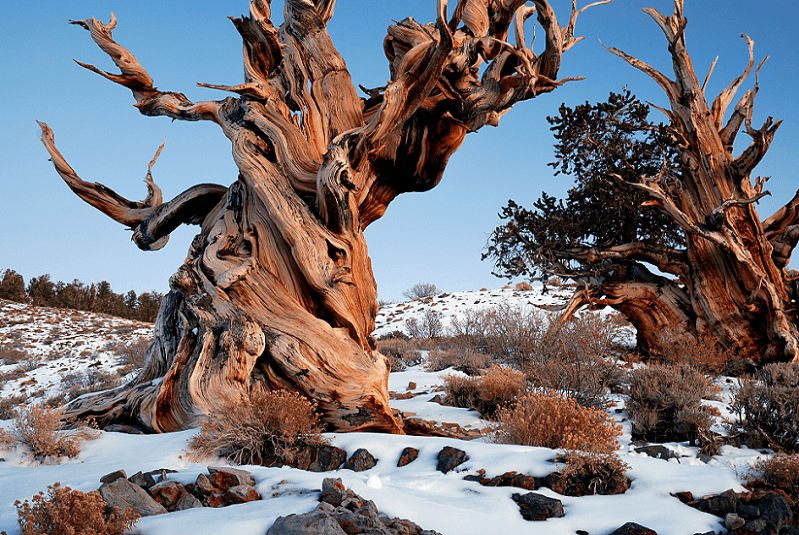
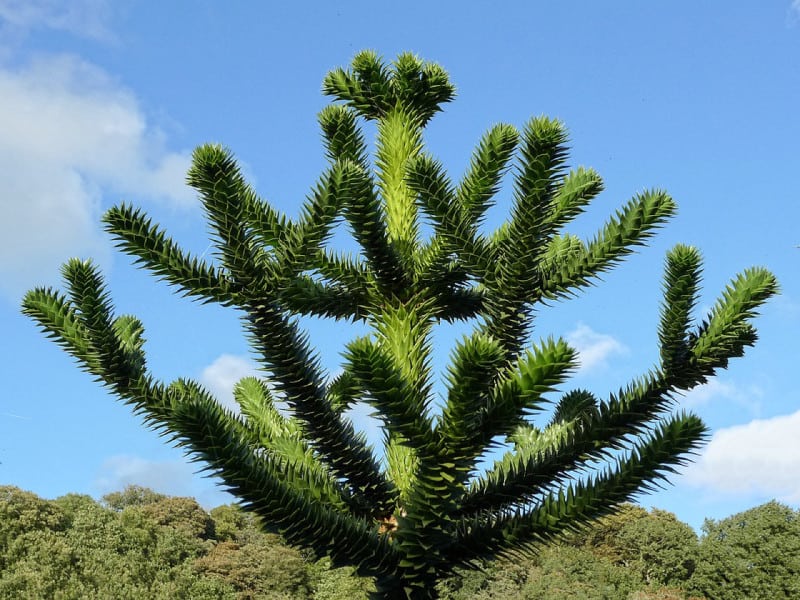
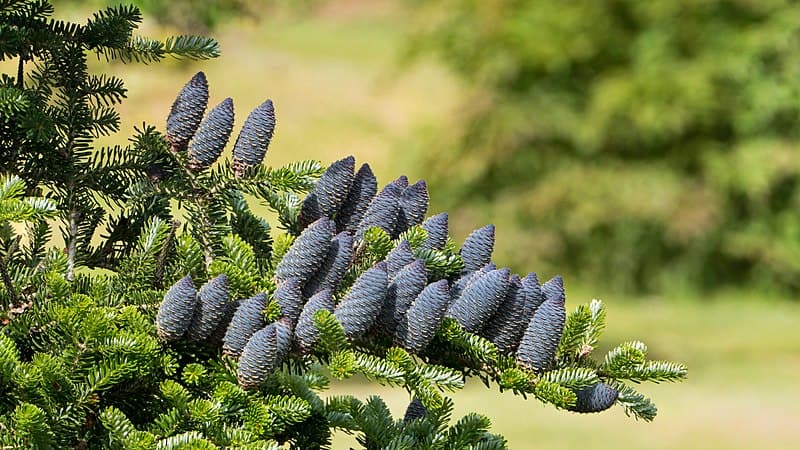
Korean Fir Physical Description
Though the awesome Korean Fir does impress those who encounter it, the tree does so for reasons other than sheer size. That’s because the remarkable tree ranks as a small to medium-sized variety of coniferous evergreen. The wonders of Nature come in all sizes.
In the instance of this particular species, however, significant variations occur. Mature specimens, though typically range in height from 33 – 59 ft (10 -18 m). These same individuals further develop with an average trunk diameter measuring about 2.3 ft (0.7 m).
The highly variable plant will, however, sometimes only attain the size of a large shrub. Yet, at all sizes, the same general physical characteristics manifest. These include bark that remains mostly smooth, with some resin blisters. In color, this presents as a grayish-brown.
Its leaves also develop a distinctive appearance, being needle-like, flattened, and with a glossy dark green color. The arrangement of these is a spiral pattern, but each is variably twisted at its base. These begin as a grayish-green, but turn pinkish-gray when mature.
The cones of the Korean Fir, however, remain the most notable trait of the visually impressive tree. These average 1.6 – 2.8 in (4 – 7 cm) in length, and relatively broad in shape, averaging 0.8 in (2 cm). These also present a bluish-purple color before maturing.
- Kingdom: Plantae
- Phylum: Pinophyta
- Class: Pinopsida
- Order: Pinales
- Family: Pinaceae
- Genus: Abies
- Species: A. koreana
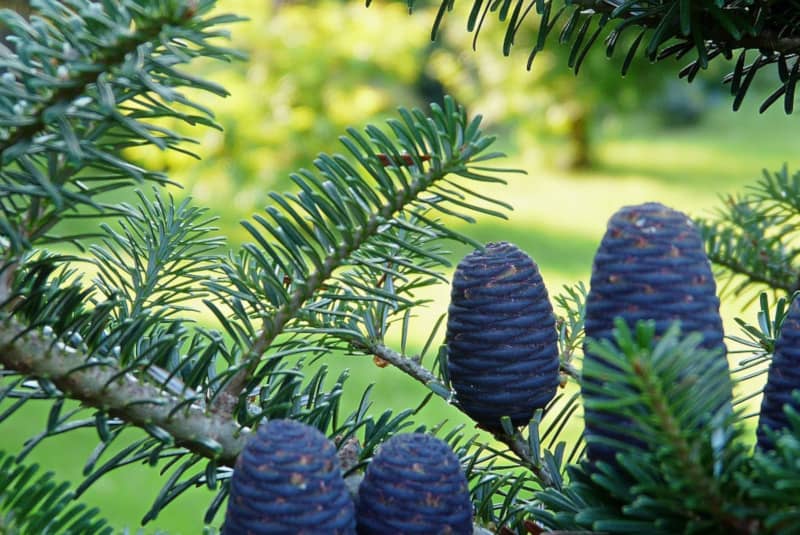
Korean Fir Distribution, Habitat, and Ecology
Most unfortunately, one of those factors working agaisnt the Korean Fir is its range of habitation. That’s because it evolved ass endemic to a highly limied portion of the globe. This consists of a tiny portion of South Korea, in Asia. This does, though, include Jeju Island.
The impediments it faces don’t stop there, though. That holds true due to the fact the habitat requirements of this stunning species remain very specific. In fact, it appears in regions of temperate rainforest, at altitudes ranging from 3,300 – 6,200 ft (1,000 – 1,900 m).
Given this range, some facts stand out. The species understandably evolved to not only survive in, but to thrive in the very specific weather patterns of the region. These include cool, damp summers with bountiful rain, and winters with copious amounts of snow.
The tree does, however, follow a fairly standard method or reproduction for its kind. As a result, individual specimens release their numerous seeds as the many cones disintegrate after maturity. This usually occurs between 5 – 6 months after their pollination.
Species Sharing Its Range
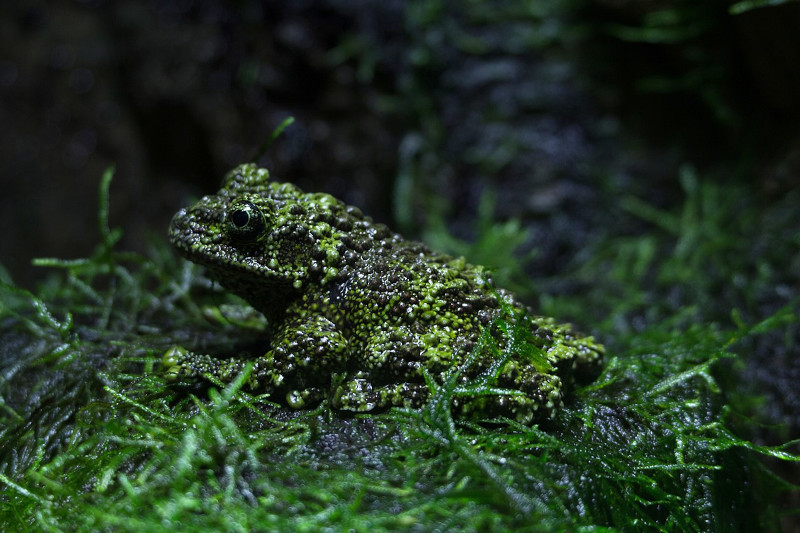
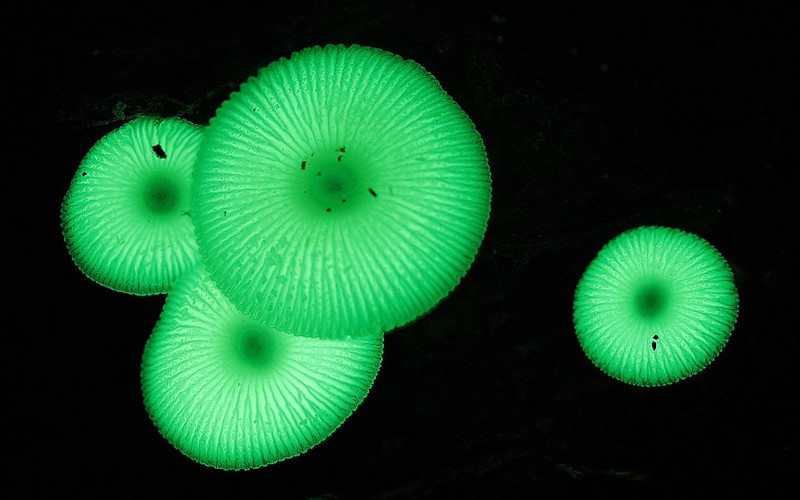
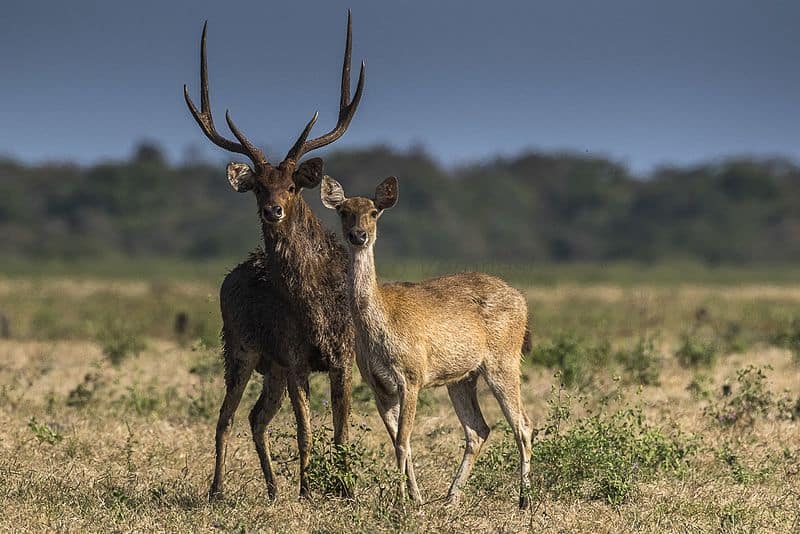
Check out our other articles on Earth’s Extremely Threatened Flowers, Olive Ridley Sea Turtle, Goliath Stick Insect, Nyiragongo Volcano, Australian Ghost Shark, Southern Darwin’s Frog









Leave a Reply